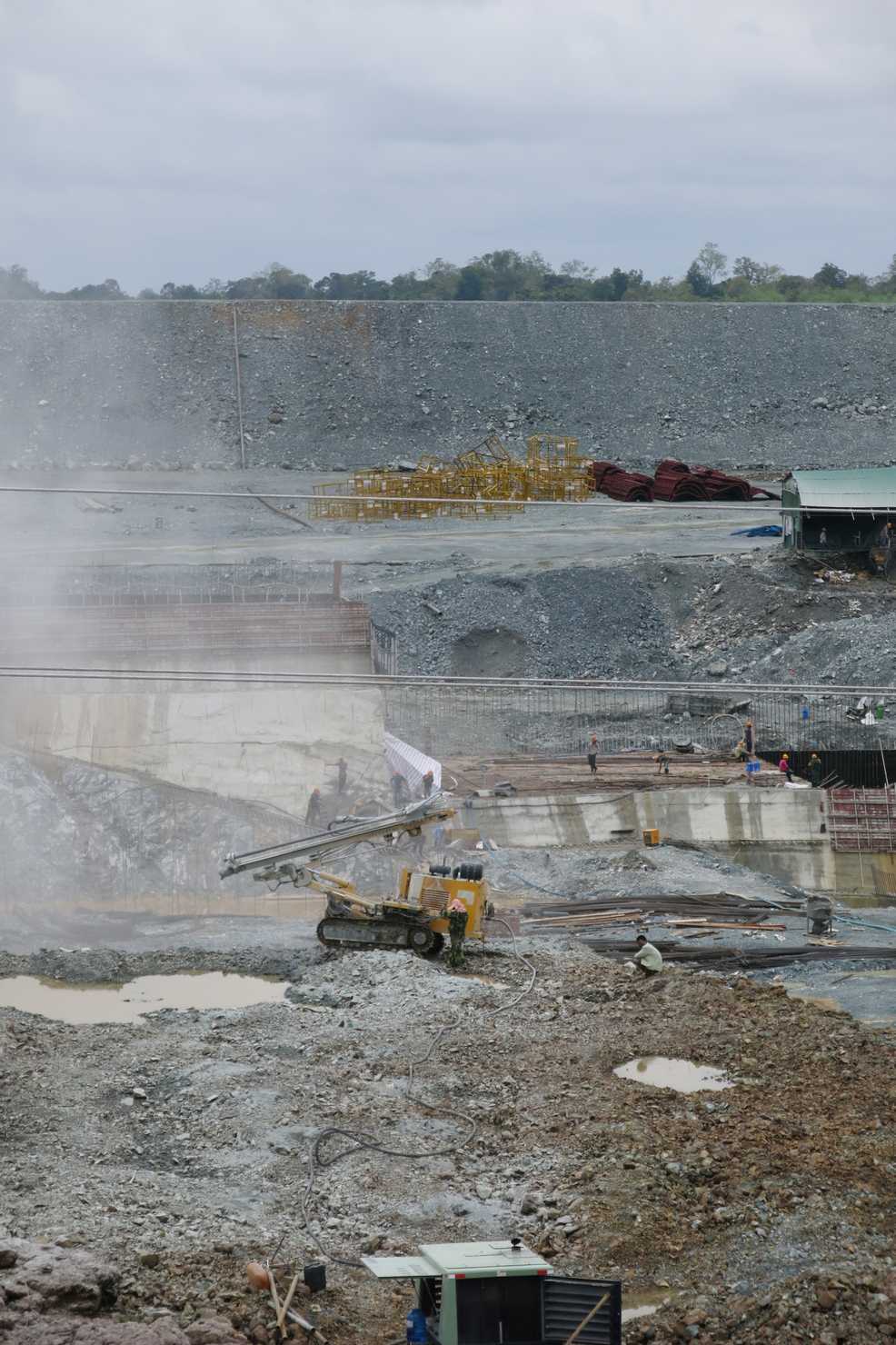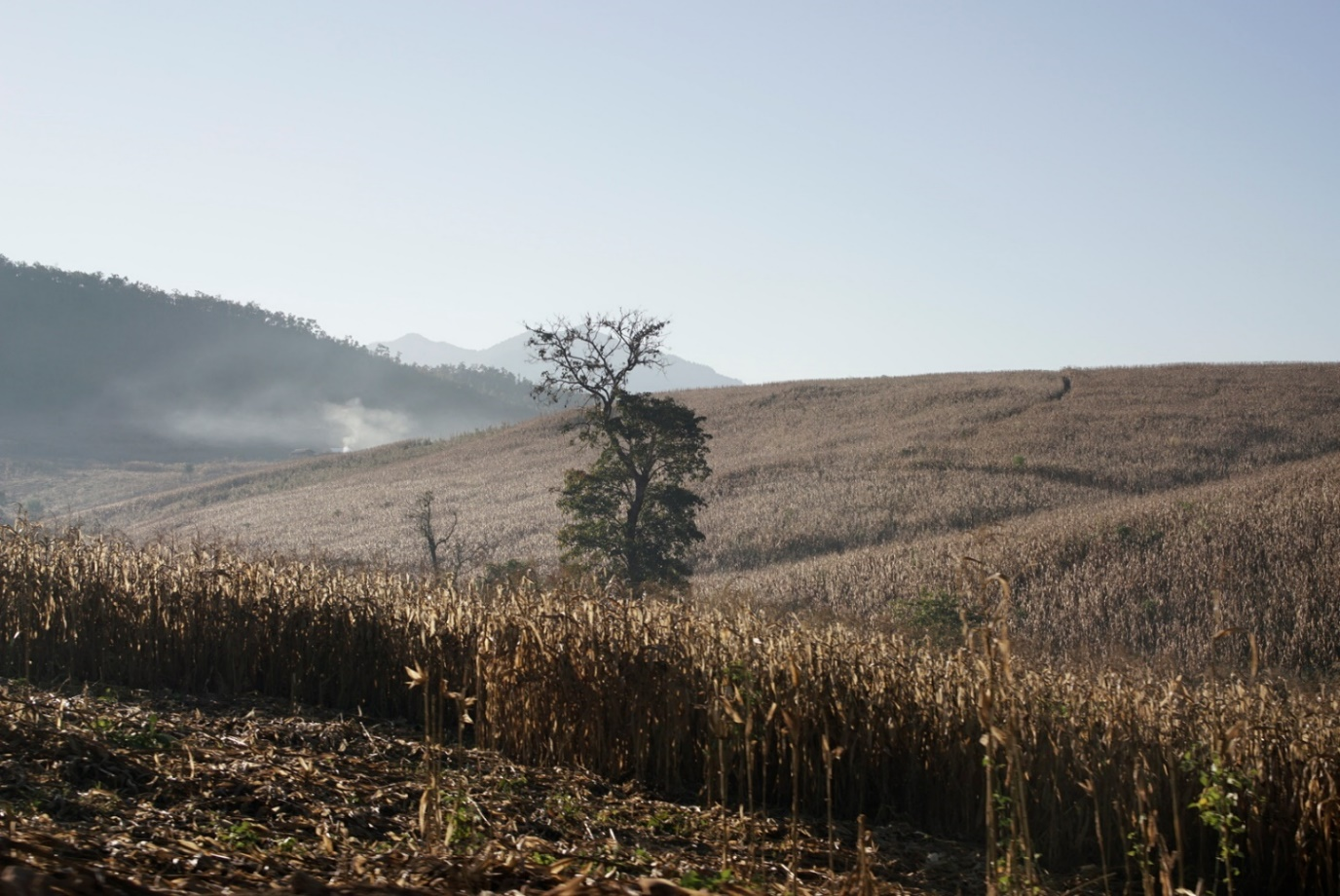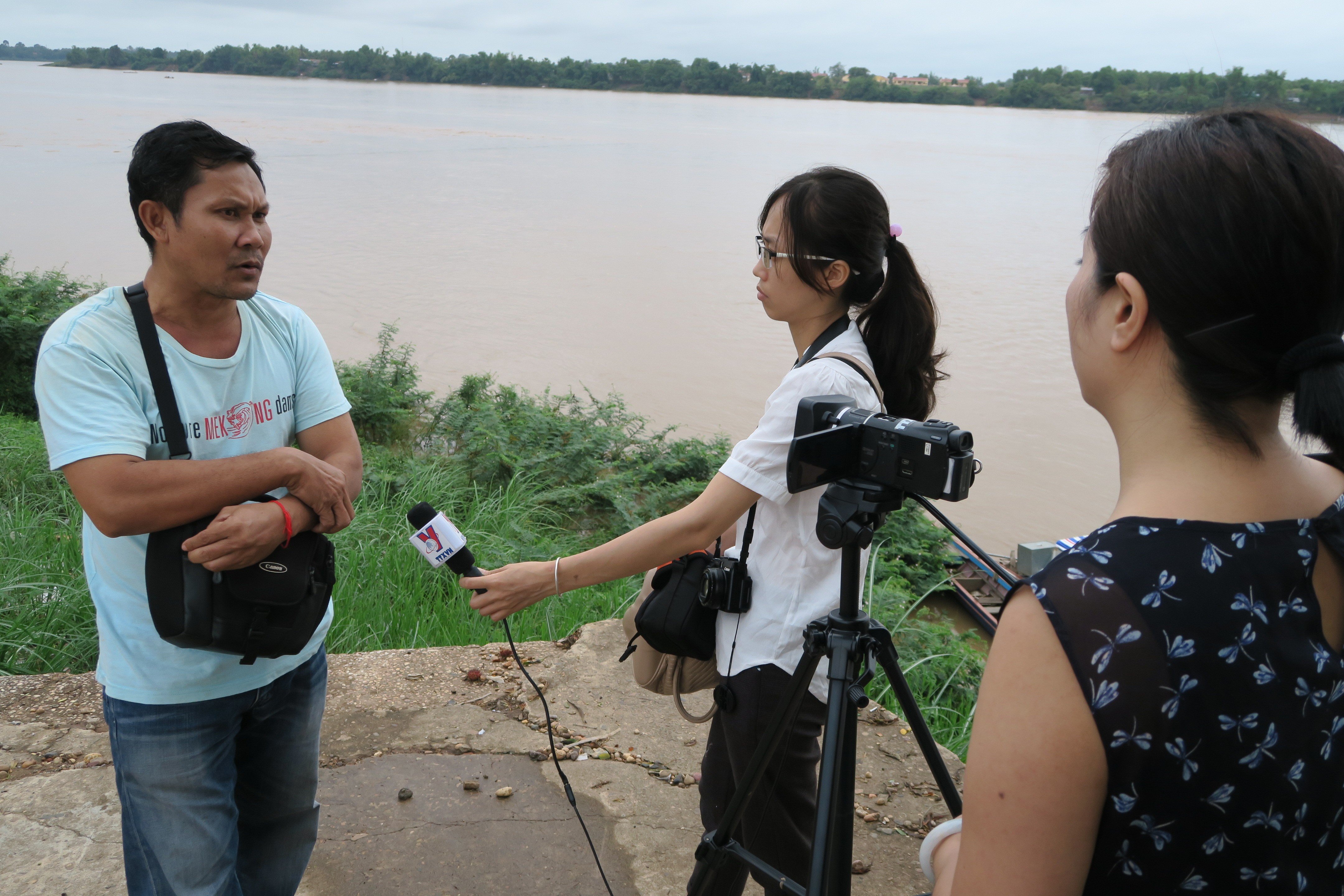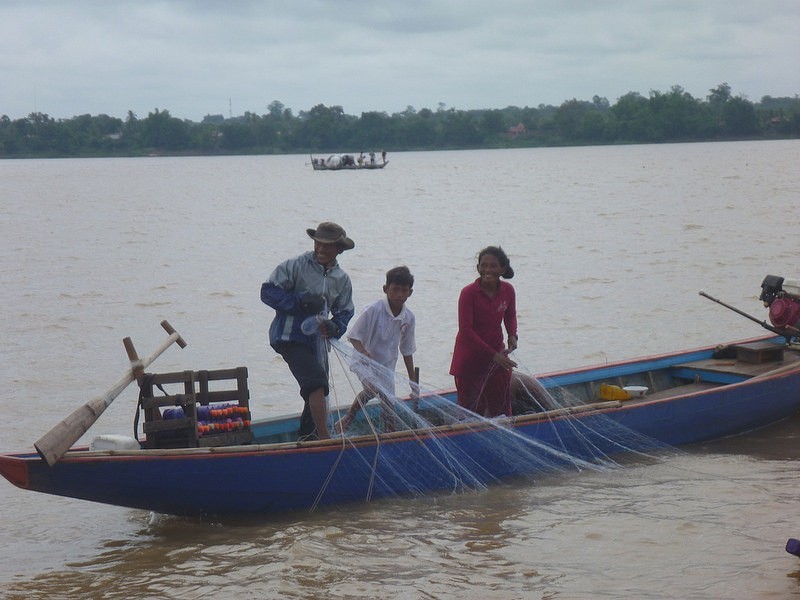IMPLEMENTATION of the Lower Sesan 2 (LS2) hydropower project in northeast Cambodia is underway despite civil society organisations and local residents expressing concerns over possible serious impacts on the environment and natural resources.
Ouch Vibol, project officer of the Culture and Environment Preservation Association, told journalists at theMekong Matters energy workshop and field trip late last month, that the dam would affect some 5,000 people. “The government needs to ensure that the project has no serious impacts on civic interest and daily life of local residents. We will oppose the project, as long as the authorities do not take this into serious consideration,” he said.
The 400-megawatt dam on Sesan River in Stung Treung province is majority owned by China’s Hydrolanchang International Energy and Cambodia’s Royal Group. Under the 40-year contract, the electricity could be sold to Electricite du Cambodge or may be exported to Vietnam. Requiring an investment of between US$800 million to $1 billion (Bt27 billion to Bt34 billion), the project is expected to generate about $30 million in annual revenue.
Vibol called for the need of more discussions between the authorities and civil society groups including non-government organisations and civic leaders. He also urged the authorities not to threaten local communities. Ton Samnang, project coordinator of Fisheries Action Coalition Team, said less than half of the local residents have agreed to resettlement plans. “Now about 55 per cent of the dam has been completed, but local communities have yet to accept the compensation. As the resettlement area is very far from the river and most of the villagers earn their living by fishing, they will definitely have a hard time.”Samnang also warned that 56 fish species could face extinction due to the dam project.
A study published by the National Academy of Sciences in 2012 studied 78 planned tributary dams in the lower Mekong. It found that the LS 2 would have the most serious impacts, pointing out that the dam would cause a 9.3 per cent drop in fish stocks. Experts have also warned that LS2 will contribute to the changing of hydrology of the Mekong River and Cambodia’s iconic Tonle Sap Lake, as well as impacting sediment flows to the Mekong Delta.
Ethnic people affected
Royal University of Phnom Penh’s Natural Resources Management Department recently did a study about the impacts of dam development on communities and bio-diversity in the Sekong, Sesan and Srepok (3S) river basin.
Seak Sophat of the department said rapid development of hydropower dams in the upstream of the 3S basins have raised concerns for downstream riparian communities. “Our study found that most local people are indigenous ethnic minorities who have lived in the region for ages. Dam development may lead to more frequent, severe floods and droughts. It can also harm public health,” he said. Sophat said that survey respondents were fully aware of upstream dam development. Their concerns are mostly about the risks of damage to infrastructure, personal properties, crops, and livestock; as well as possible loss of lives.
Against complaints from villagers, a senior official from Mines and Energy Ministry of Stung Treung Provincial Government, who asked not to be named, insisted that 70 per cent of the residents accepted the project. He said that there are three groups of people who reject it: those who never want to move even in case of flooding; those who are displeased with compensation packages and want more; and those are still weighing options. He said those in the third group tend to accept the project.
This story was produced in collaboration with The Mekong Eye and Mekong Matters Journalism Network





